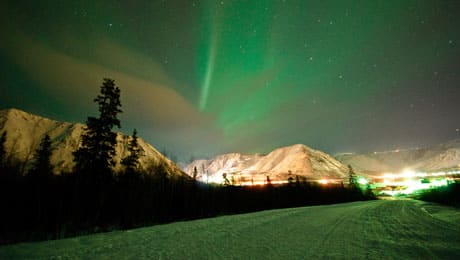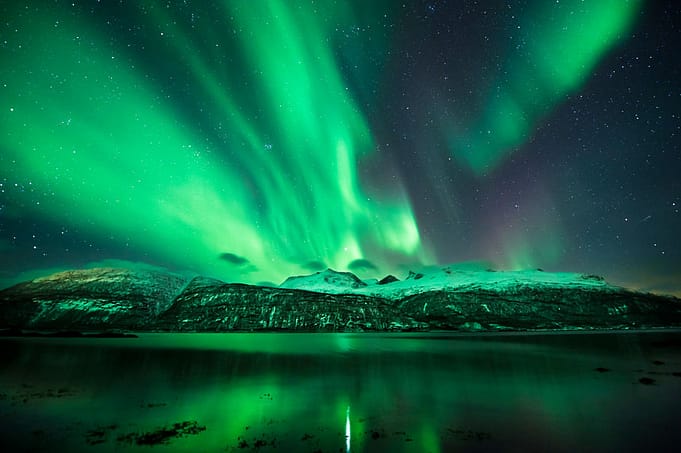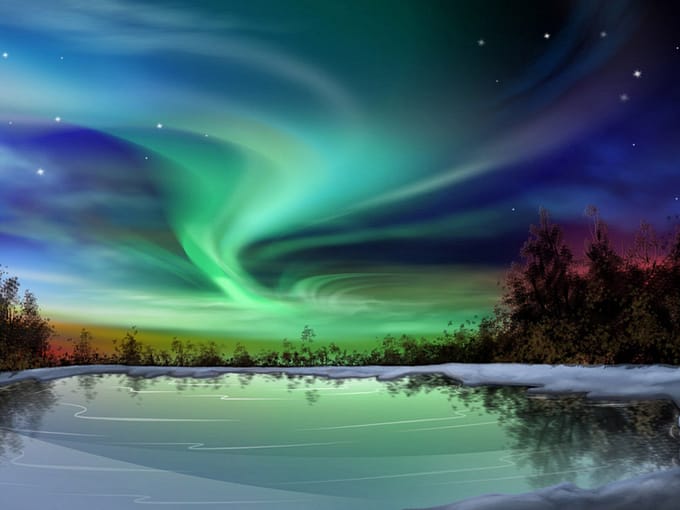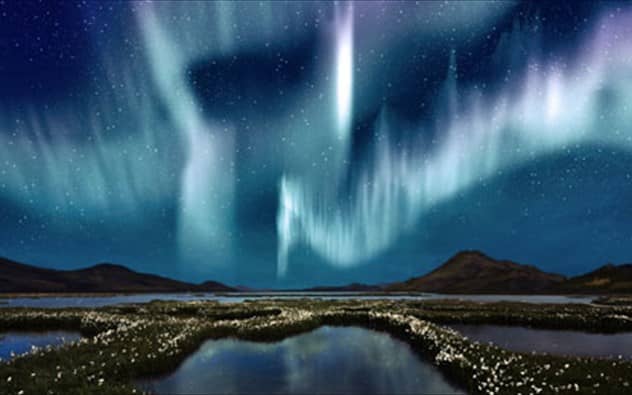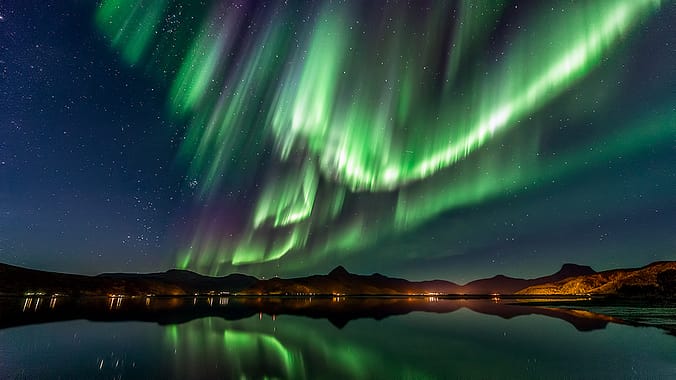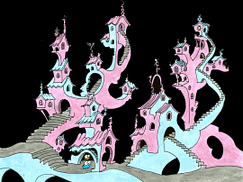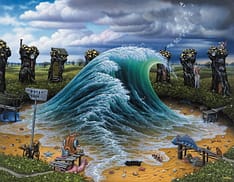An Aurora is a natural light display in the sky predominantly seen in the high latitude (Arctic and Antarctic) regions. Aurora are caused by cosmic rays, solar wind and magnetospheric plasmainteracting with the upper atmosphere (thermosphere/exosphere). Their charged particles, mainly electrons and protons, enter the atmosphere from above causing ionisation and excitation of atmospheric constituents, and consequent light emissions. Incident protons can also produce emissions as hydrogen atoms after gaining an electron from the atmosphere.
Most auroras occur in a band known as the auroral zone, which is typically 3° to 6° wide in latitude and between 10° and 20° from the geomagnetic poles at all local times (or longitudes), most clearly seen at night against a dark sky. A region that currently displays an aurora is called the auroral oval, a band displaced towards the nightside of the Earth. Day-to-day positions of the auroral ovals are posted on the internet. A geomagnetic storm causes the auroral ovals (north and south) to expand, and bring the aurora to lower latitudes. Early evidence for a geomagnetic connection comes from the statistics of auroral observations. Elias Loomis (1860) and later in more detail Hermann Fritz (1881) and S. Tromholt (1882) established that the aurora appeared mainly in the “auroral zone”, a ring-shaped region with a radius of approximately 2500 km around the Earth’s magnetic pole. It was hardly ever seen near the geographic pole, which is about 2000 km away from the magnetic pole. The instantaneous distribution of auroras (“auroral oval”) is slightly different, being centered about 3–5 degrees nightward of the magnetic pole, so that auroral arcs reach furthest toward the equator when the magnetic pole in question is in between the observer and the Sun. The aurora can be seen best at this time, which is called magnetic midnight.

